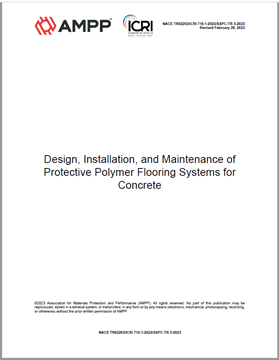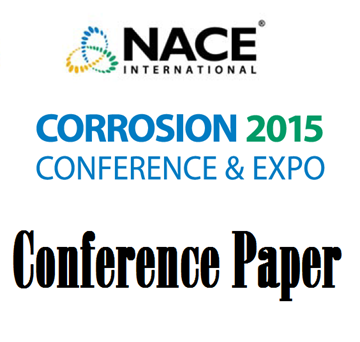Search
Process Industries
View as
Sort by
Display
per page
NACE TR02203-ICRI Technical Guideline 710.1-SSPC-TR 5-2023
Product Number:
NACE TR02203-ICRI Technical Guideline 710.1-SSPC-TR 5-2023
Publication Date:
2023
$109.00
NACE TR5A171-2022, Materials for Storing and Handling Commercial Grades of Aqueous Hydrofluoric Acid and Anhydrous Hydrogen Fluoride
Product Number:
NACE TR5A171-2022
Publication Date:
2022
$109.00
Recovery Boiler Tube Failure by Mechanisms of Stress-Assisted Corrosion and Phosphate Hideout
Product Number:
51315-6059-SG
ISBN:
6059 2015 CP
Publication Date:
2015
$20.00
RP0199-HD1999-Installation of Stainless Chromium-Nickel Steel and Nickel-Alloy Roll-Bonded and Explosion-Bonded Clad Plate in Air Pollution Control Equipment-HD1999
Product Number:
21087-HD1999
ISBN:
1-57590-075-0
Publication Date:
1999
$179.00
RP0199-HD2004-Installation of Stainless Chromium-Nickel Steel and Nickel-Alloy Roll-Bonded and Explosion-Bonded Clad Plate in Air Pollution Control Equipment-HD2004
Product Number:
21087-HD2004
ISBN:
1-57590-075-0
Publication Date:
2004
$179.00
RP0278-HD1986-SG Design and Operation of Stripping Columns for Removal of Oxygen from Water
Product Number:
21023-HD1986
Publication Date:
1986
$179.00
RP0294-HD1994-SG Design, Fabrication, and Inspection of Tanks for the Storage of Concentrated Sulfuric Acid and Oleum at Ambient Temperatures-HD1994
Product Number:
21063-HD1994
Publication Date:
1994
$179.00
RP0590-HD1996-SG Recommended Practice for Prevention, Detection, and Correction of Deaerator Cracking”-HD1996
Product Number:
21046-HD1996
Publication Date:
1996
$179.00
Severe Under-Deposit Corrosion Inducing Hydrogen Embrittlment in Water Wall Tubes
Product Number:
51317--8889-SG
ISBN:
8889 2017 CP
Publication Date:
2017
$20.00
SP0290-2019 Impressed Current Cathodic Protection of Reinforcing Steel in Atmospherically Exposed Concrete Structures
Product Number:
21043-2019
ISBN:
1-57590-103-X
Publication Date:
2019
$109.00
SP21434-2020, Cathodic Protection Systems for the Mitigation of External Corrosion of Buried and Submerged Metallic Piping Systems at Nuclear Power Plants
Product Number:
21434-2020
Publication Date:
2020
$109.00
TM-02-74-HD1974-SG, Dynamic Corrosion Testing of Metals in High Temperature Water-HD1974
Product Number:
TM-02-74-HD1974
Publication Date:
1974
$179.00












